egyptian goddess and gods
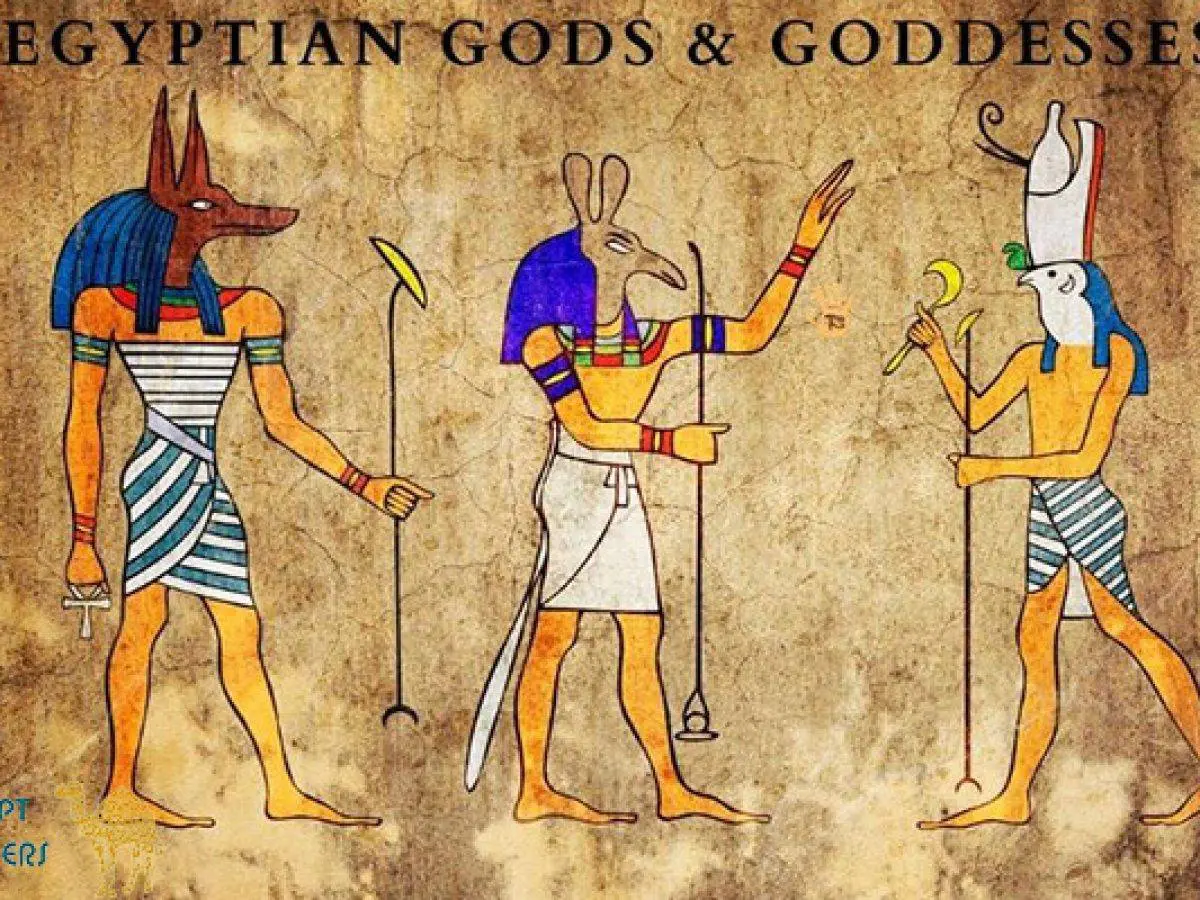
Egypt – the land of the gods – here are a few of the “most important” egyptian goddess and gods:
Apophis
The god Apophis, depicted as a serpent, is the arch enemy of the sun god Re. Accordingly, Apophis stands for the darkness that fights against the Re’s solar barge every evening. It has also been linked to storms and earthquakes. Since it symbolizes evil, it was not worshiped in the cultic sense – but nevertheless found its way into Egyptian mythology in the form of a demon.
Anubis
Terrifying and fascinating at the same time is the appearance and the god of death Anubis. As the god of embalming and of the dead, he protects the mummified corpse and accompanies the soul of the deceased before the judgment of the dead of Osiris, where he, together with Thoth, oversees the weighing of the heart. The Egyptians sometimes depicted him as a lying jackal, sometimes as a jackal-headed human, because the scavenging wild dogs sometimes attacked the dead in the desert and absorbed them in this way. Like the linen bandages the mummy, so the body of the jackal now surrounded the eaten corpse that went on its way with it.
Bes
When you think of Egyptian gods, the most famous ones come to mind, such as B. the sun god Ra, Anubis, Osiris, Isis and Horus come to mind. But in ancient Egypt, besides these “great” gods, there were also “small” gods who were much closer to the everyday life of the Egyptians. The most important of these gods was Bes, who protected people from all sorts of worries and diseases in ancient Egypt. Bes is easy to spot. He has short, stocky legs, sticks his tongue out of his mouth, his beard resembles a lion’s mane and he wears a crown of feathers. Bes was present in people’s lives at all levels of ancient Egyptian society: in the palaces of the pharaohs as well as in the sparse huts of peasants and slaves. He offered protection from disease, looked after pregnant women, helped with the birth of children, prevented snakebites and had the power not only to avert enemy attacks, but even plagues! Because of this work, which benefits all people, he was venerated far beyond the borders of Egypt in the entire ancient world – even on the island of Ibiza, which owes its name to Bes! Because Bes played an indispensable role in everyday life and simply offered protection from everything, he was present everywhere: on beds, cosmetic containers, mirrors and jewelry. His image was the most popular protective amulet of the Egyptians. But he was also responsible for music, dancing and intoxicating drinks – so no celebration without a bes! He was venerated far beyond the borders of Egypt in the entire ancient world – even on the island of Ibiza, which owes its name to Bes! Because Bes played an indispensable role in everyday life and simply offered protection from everything, he was present everywhere: on beds, cosmetic containers, mirrors and jewelry. His image was the most popular protective amulet of the Egyptians. But he was also responsible for music, dancing and intoxicating drinks – so no celebration without a bes! He was venerated far beyond the borders of Egypt in the entire ancient world – even on the island of Ibiza, which owes its name to Bes! Because Bes played an indispensable role in everyday life and simply offered protection from everything, he was present everywhere: on beds, cosmetic containers, mirrors and jewelry. His image was the most popular protective amulet of the Egyptians. But he was also responsible for music, dancing and intoxicating drinks – so no celebration without a bes!
Hathor
the cow-shaped sky goddess, was considered the goddess of love, joy and happiness. Both men and women addressed them in matters of love and those who had already found love, asked the goddess for a blessing of children and for a good birth. As the goddess of joy and love, she was omnipresent at festivals and music and dance were performed in her honor. As the daughter of the sun god, she carried the sun disk, the eye of Re, between her outwardly curved horns. Her hieroglyph shows the Horus falcon in a house floor plan – a pictorial spelling of her name: “House of Horus”. As a cow, she stood for both heaven (the “house” in which a falcon lives) and the nourishing king mother: the lap (“house”) from which the king (“Horus”) emerges.
Imhotep
Responsible for the construction of the Djoser pyramid in Saqqara was Imhotep the first great master builder of the Old Kingdom. He was later appointed high priest and further developed the technique of mummification by removing the internal organs and keeping them in special vessels, the canopic jars. Imhotep was of earthly descent and was later deified because of his deeds and was worshiped as the god of healing. He is usually depicted sitting with a simple apron and shaved head – the traditional costume of a priest at that time.
Isis
She was the epitome of the caring mother and wife in ancient Egypt. When her husband Osiris was killed, she gave him new life and protected their son Horus from the evil uncle Seth, among other things with the help of magic, which is why she was also called “the magical realms”. Although she had experienced a lot of suffering, she mastered every hopeless situation. Therefore, she was not only a popular protective goddess in ancient Egypt – her worship even reached Germany via the Roman Empire.
Maat
goddess for justice and the world order to which all gods and men had to adhere. Without Maat there would be only chaos and destruction and the most important task of a pharaoh was to maintain the Maat through sacrifices and prayers. People who felt closely connected to justice, such as lawmen and viziers, asked the goddess for advice on important decisions. The heart of the deceased could not be heavier on the scales at the judgment of the dead than the pen of the mate, which she wears on her head. Otherwise he had not lived justly during his lifetime and he could not continue to live in the “soulful realms”.
Min
is worshiped as the god of generation and fertility who is said to have begotten himself. He was considered the protector of the caravan routes to the Red Sea. Even if the bull is assigned to him, he is shown exclusively as a human being. In the depictions he stands with an erect penis, his right arm raised. He holds a scourge in his raised hand. On his head he wears two feathers with a ribbon that falls down his back.
Osiris
the mighty and mummy-shaped with the royal attributes crook and whip in his hands. Is God of the dead but also of fertility and life, He is the symbol of resurrection and eternal life. God of the afterlife.
Re
the hearing man, as a man with a falcon’s head and a sun disk on his head. He is the sun itself, which keeps everything alive. With Amun, he unites himself into a deity and is worshiped as the highest god. He was especially worshiped at the time of the pyramids, god of the sun, father of all gods.
Sachmet
According to the “Book of the Celestial Cow” – “the mighty one” – came about with her lion-like power to destroy all humanity that has become sinful. The bloodthirsty goddess could not complete her deed only through a trick. Like Sekhmet, the Pharaoh destroys the enemies who dared to cross the borders of Egypt. Under the protection of the goddess of war, the Pharaoh was invincible on the battlefield, where she burned the enemies of Egypt with her hot breath. But sick people and doctors also prayed to Sekhmet and tried to appease the goddess with magical sayings, because the “messengers of Sekhmet” were considered to be the cause of diseases. The papyrus-shaped amulet of the Sekhmet promised protection from any disease. As a wild and powerful goddess, she has the head of a lioness. As the “Eye of Re”,
Selket
lets the lungs breathe and woman with a scorpion on her head, is a healer and magician, patron goddess of the king and protector of the canopies of Kebechsenuef.
Sobek
man with a crocodile head or called a crocodile, people believed that the Nile emerged from his sweat. Crocodile god with many qualities.
Tefnut
Depicted as a woman with a lion’s head or as a lioness and goddess of moisture but also of heat. One of the nine creator deities of the Heliopolitan cosmogony. Goddess of moisture
Thoth
he is said to have given the people the language and the writing. The representative of the sun god Re watches over humanity as the moon in the sky at night when the sun lingers in the underworld. As the moon, he was “master of time and calculator of the years”. Even a scribe at the judgment of the dead, Thoth was the patron saint of scribes, doctors and scholars. Thoth was the omniscient, the author of writings and rituals that even the gods did not know. The god, usually an ibis-headed god, sometimes appears as a baboon.
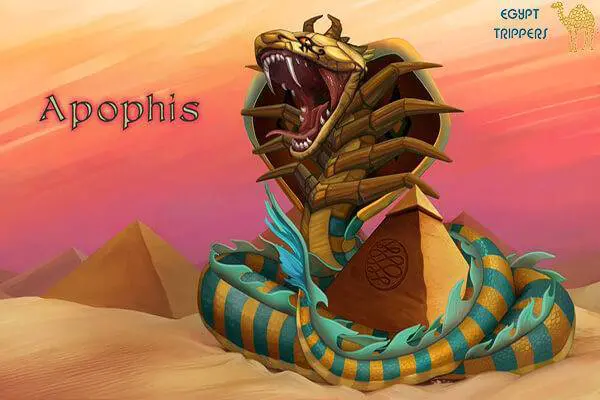
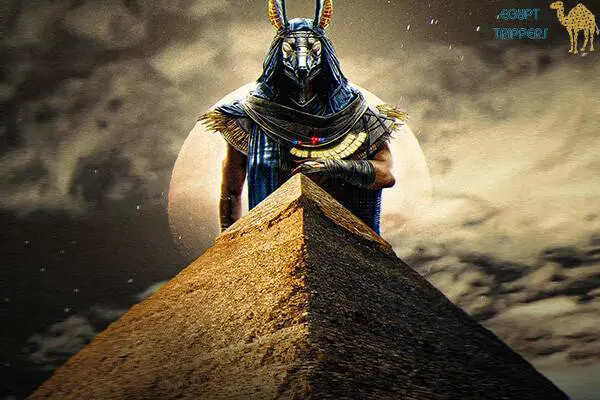
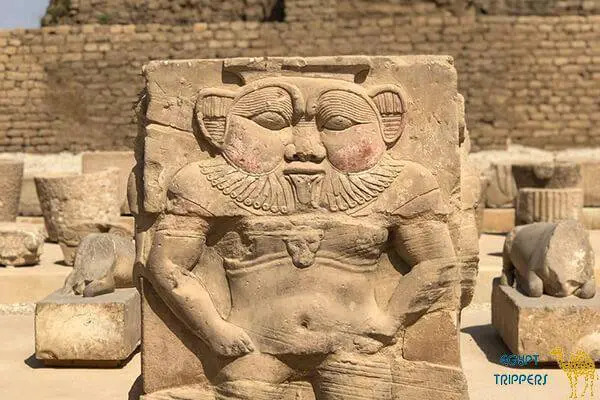
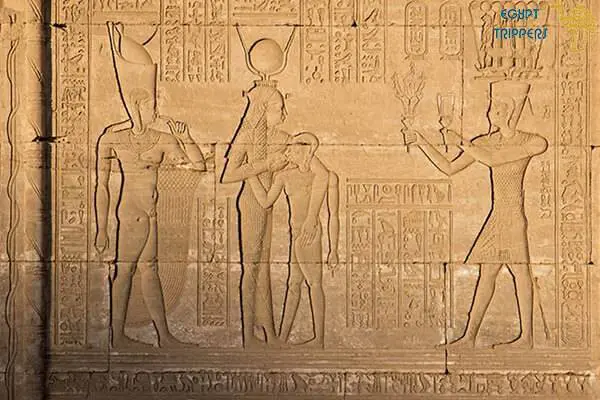
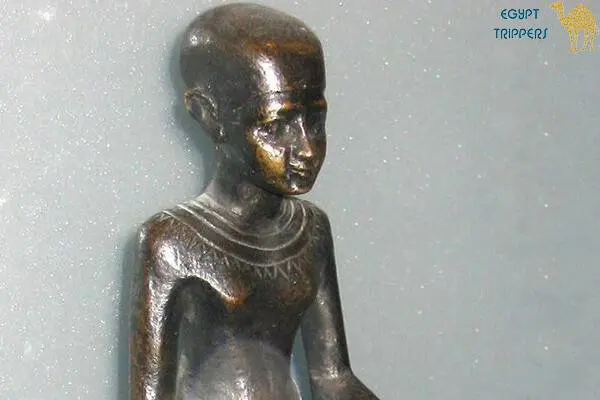
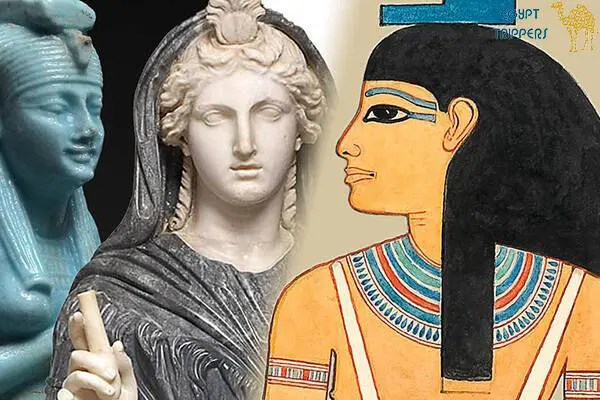
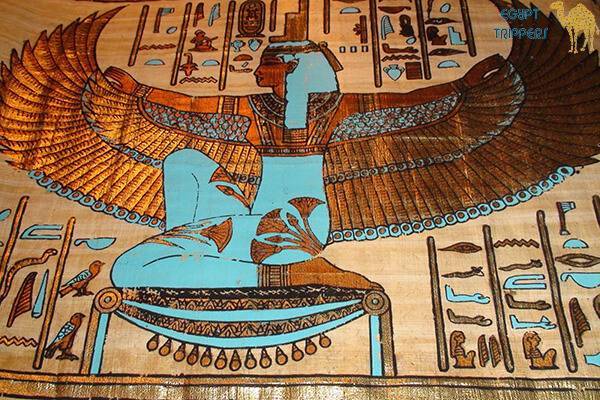

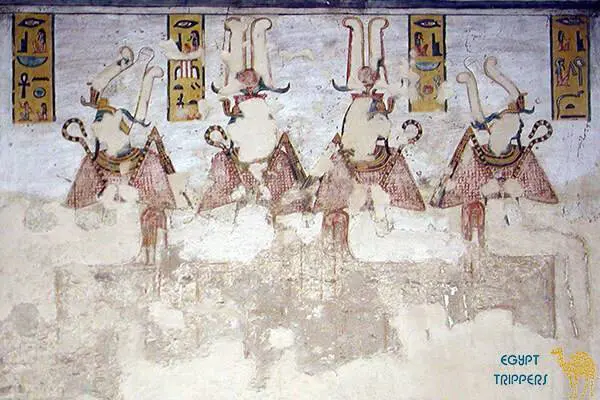
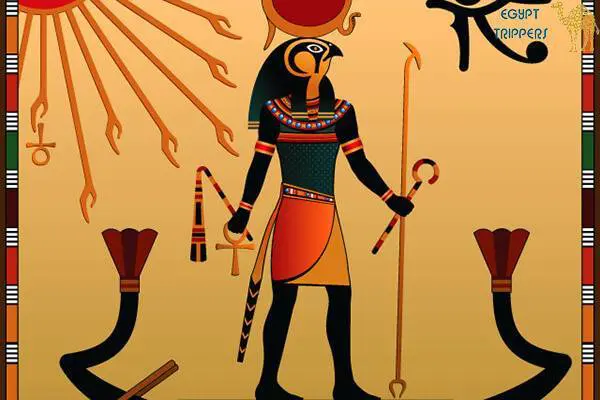
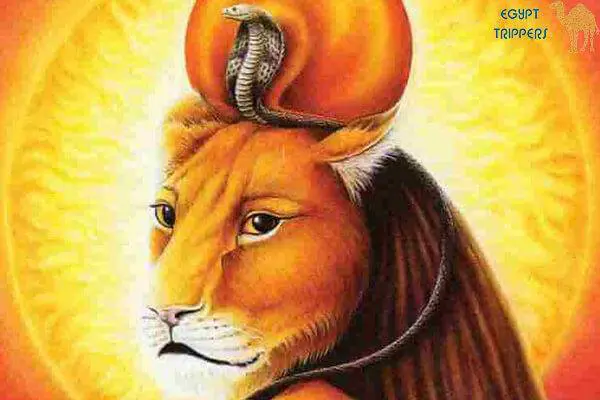
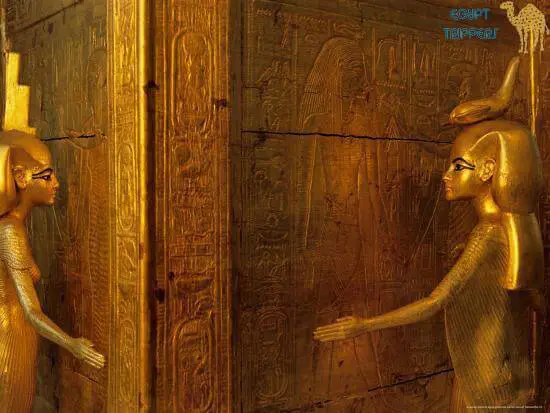
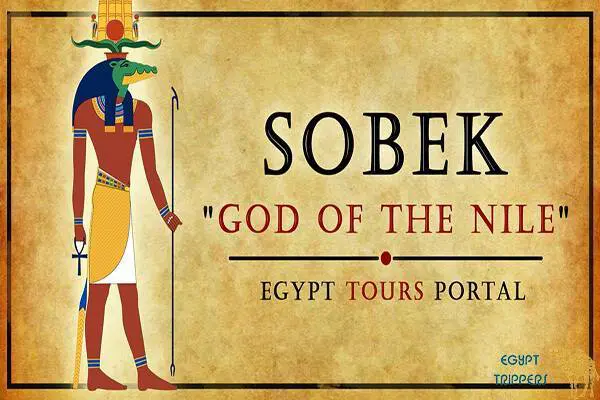
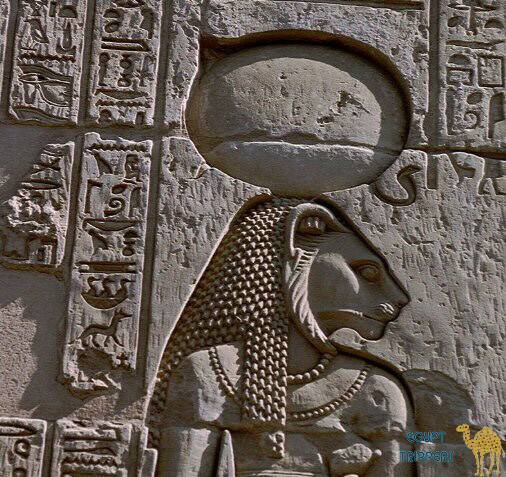
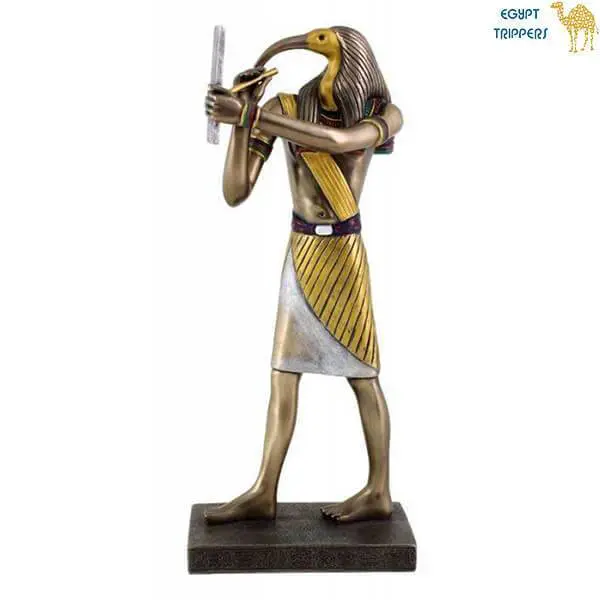



Leave a Reply